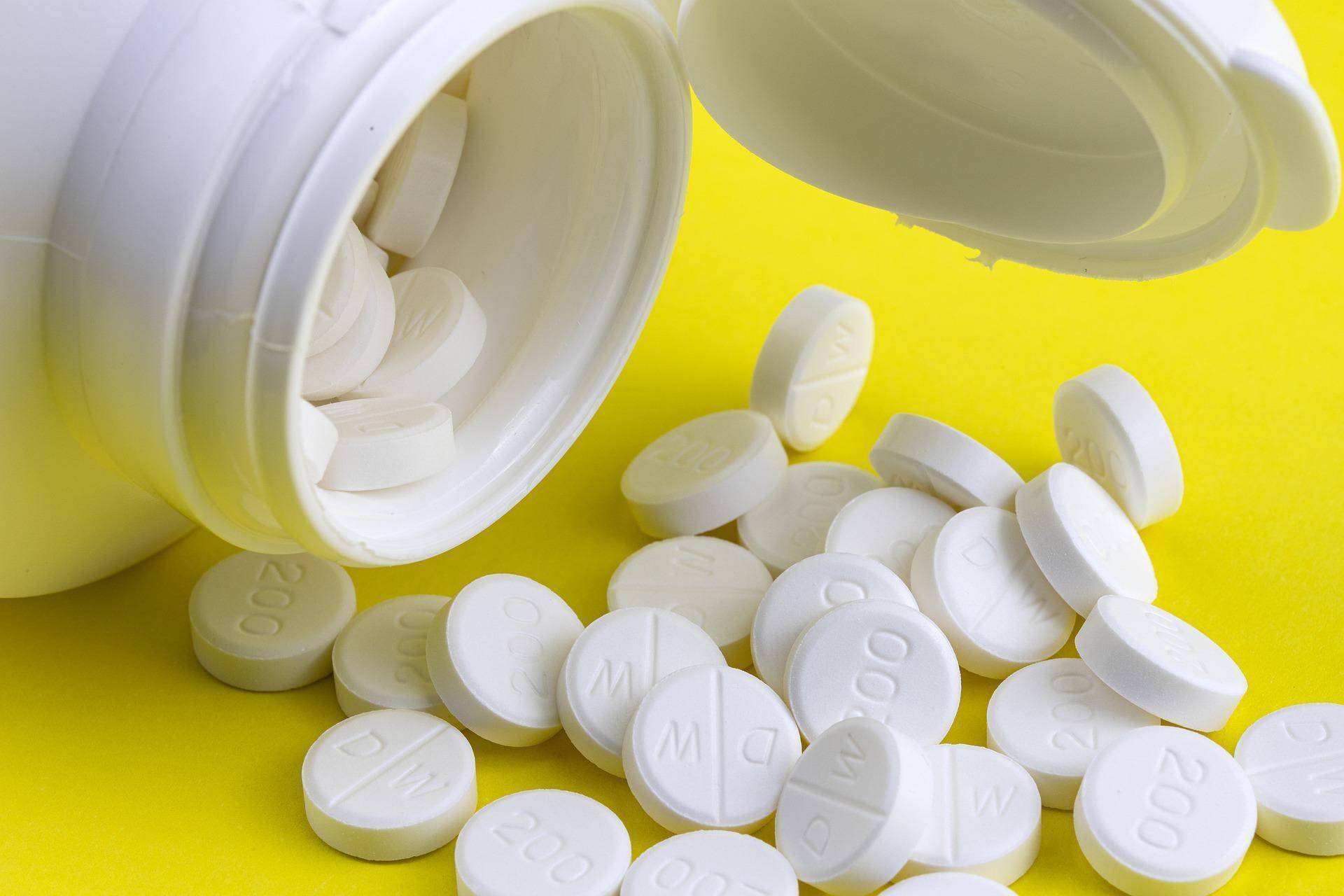Dear Savvy Senior,
My 75-year-old mother is currently taking 16 different prescription and OTC medications and I’m worried she’s taking way too many drugs. Can you suggest any resources that can help us?
Worried Daughter
Dear Worried,
Unfortunately, millions of older Americans are taking way too many medications today, which raises their risk of dangerous side effects and drug interactions.
According to the American Society of Consultant Pharmacists, people aged 65 to 69 take an average of 15 prescriptions per year, and those aged 80 to 84 take 18 prescriptions per year. And, that’s in addition to the myriad of over-the-counter drugs, herbal remedies, vitamins and minerals they may take, any of which – alone or in combination – could cause more problems than they cure.
Even when older patients are taking only necessary and effective drugs, the dosages need a second look. As patients age, they tend to metabolize drugs more slowly, meaning the dose that was perfect five years ago may now be too high, perhaps causing dizziness and falls. Doses need to be continually adjusted with age, and most of the time that doesn’t happen.
Get a Drug Review
If you have concerns or questions about the medications your mother is taking, gather up all her pill bottles, including her prescription and over-the-counter drugs as well as vitamins and supplements, put them in a bag, and take them to her primary physician or pharmacist for a comprehensive drug review.
Medicare provides free drug reviews with a doctor during annual “wellness visits,” and many Medicare Part D prescription-drug beneficiaries can get free reviews from pharmacists, too.
At the drug review, go through each medication and find out if there are any duplicate meds or dangerous combinations your mom is taking, and if there are any drugs she could stop taking or reduce the dosage. Then, make a medication master list and keep it updated so it can be easily be shared whenever your mom sees a doctor.
To help with this, AARP offers a free “my personal medication record” form that you can download and print at AARP-medical-record-form.pdffiller.com. Or, if your mom uses a smartphone, she can use a pill tracking app like Medisafe – Pill & Med Reminder (MyMedisafe.com).
Other Tips
If possible, your mom should also use a single pharmacy to fill all her prescriptions. The software that pharmacies use to manage patient prescriptions is designed to cross reference all medications a patient is taking to ensure that there are no drug interactions that could cause harm.
Also, the next time your mom’s doctor prescribes a new medication, she should ask about non-drug treatment options that might be safer. If the drug is indeed necessary, she needs to find out how long she’s supposed to take it and the side effects it can cause.
Another good resource that can help keep your mom safe is the American Geriatrics Society, which has identified 10 different types of medications that people 65 and older should almost always avoid because of the risk of serious side effects. They include the anti-anxiety drugs diazepam (Valium) and alprazolam (Xanax), and sleep drugs such as zolpidem (Ambien) and eszopiclone (Lunesta). To see the complete list, visit HealthInAging.org and search “10 medications older adults should avoid.”
Send your senior questions to: Savvy Senior, P.O. Box 5443, Norman, OK 73070, or visit SavvySenior.org. Jim Miller is a contributor to the NBC Today show and author of “The Savvy Senior” book.

